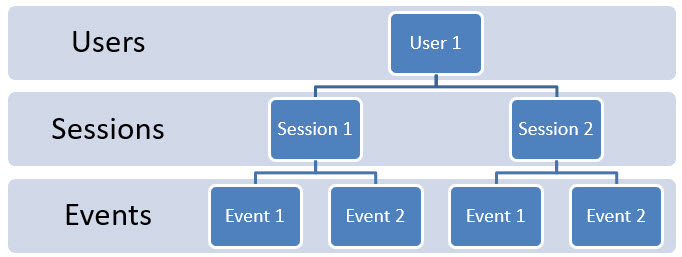You ever open your Google Analytics dashboard and feel like you’re winning — big time — because the page views of your website just shot through the roof?
I’ve been there. I remember staring at a spike in my reports thinking, “Wow, we nailed it this week!” Only to realize a few days later… it was a deployment bug. We were firing multiple page_view events on the same load.
Yeah — ouch.
That’s the thing with pageviews. They look simple. But they can be deeply misleading if you don’t know what’s actually happening under the hood.
Why Pageviews Still Matter (and How They Can Mislead)
The Pageview: A Legacy Metric with Modern Relevance
Let’s start with the basics: what are page views?
A pageview is counted every time a page is loaded or reloaded in a browser. It’s one of the oldest metrics in web analytics — dating back to the early 2000s. Despite being “old school,” it still holds value. Especially when used correctly, as part of a broader performance story.
But the simplicity is deceptive. In a modern world of single-page applications (SPAs), AJAX loads, and infinite scroll, what feels like a “pageview” to a user may not actually be counted as one by your analytics tool.
When Pageviews Lie: Common Pitfalls
One of the first mistakes I made early on was trusting pageviews blindly. I thought more pageviews meant more success. But in reality, we were double-counting.
How? GTM was firing a virtual pageview on route change — but the developer had also left a manual event firing from a button. Two pageviews per user interaction. Multiply that by thousands of sessions, and suddenly our data looked amazing… and utterly useless.
Misleading metrics can lead to bad decisions. Especially if you’re comparing visits vs pageviews without understanding the difference.
Real-World Example: False Spike After Redesign
After a website redesign for a client, pageviews skyrocketed. Everyone was excited. But something felt off.
When I dug into the tag setup, I found a loop: the pageview was being triggered every time a user interacted with a dynamic menu. No new page was actually loading — but the metric said otherwise.
The moral? You have to treat pageviews as a starting point, not the final answer.

What Technically Counts as a Pageview in GA4
Default Pageview Event (page_view) in GA4
In Google Analytics 4, a pageview is logged via the page_view event. GA4 does this automatically — thanks to Enhanced Measurement settings.
But, depending on your site’s structure and how you load content, you may need to configure custom triggers. Especially on SPAs where the URL changes without a full page reload.
So before you confidently track page views in Google Analytics, make sure you understand your site’s behavior and how your events are firing.
Auto vs. Manual Pageview Tracking
Enhanced Measurement is great — until it isn’t.
I’ve worked with multiple sites where auto tracking failed silently. GA4 missed dynamic route changes entirely. That’s when manual tracking came in: using gtag() or GTM to fire page_view with custom parameters.
Page tracking isn’t a one-size-fits-all job. It requires testing, patience, and constant validation.
Edge Cases: SPA Sites and Virtual Pageviews
SPAs are a blessing and a curse.
They load fast. They feel great. But they break traditional analytics assumptions.
In these setups, we often rely on virtual pageviews — manually sending a page_view event when the virtual route changes. Easy to miss. Easy to double fire. Easy to break.
I can’t count how many times I’ve had to help clients fix this exact issue.
Metrics That Are Often Confused with Pageviews
Sessions vs. Pageviews
Here’s a common one: visits vs pageviews.
Visits — or sessions — refer to a user’s full journey in one sitting. Pageviews are the individual pages they load or trigger.
So, a user might have 1 session and 5 pageviews. But that doesn’t mean 5 people visited your site.
If you get this wrong, you might overestimate reach or engagement. I’ve seen entire reports built on this confusion.
Views vs. Unique Pageviews (and where GA4 stands)
In Universal Analytics, we had unique pageviews — a count of how many sessions included a specific page, regardless of how many times it was viewed in that session.
GA4? Doesn’t report that by default. You’ll need to build it with a custom dimension or workaround in BigQuery. Yep — not fun.
The pageviews vs unique pageviews debate is still relevant. Especially when trying to understand content performance over time.
Events That Look Like Pageviews But Aren’t
Some folks track modal views, form steps, or tabs as if they were pages. That’s fine — as long as you’re clear in your reporting.
Just don’t mix them into your real pageview metrics without segmentation. That’s a trap. And I’ve seen companies fall into it — hard.

